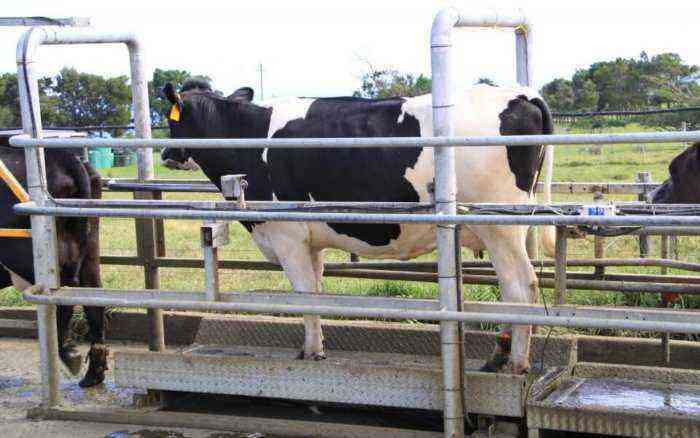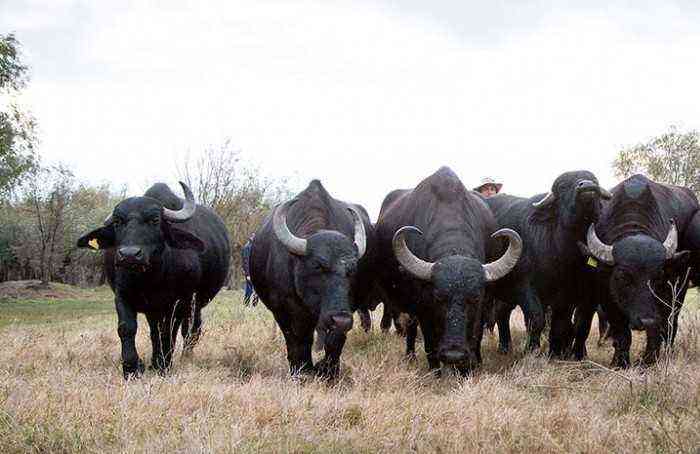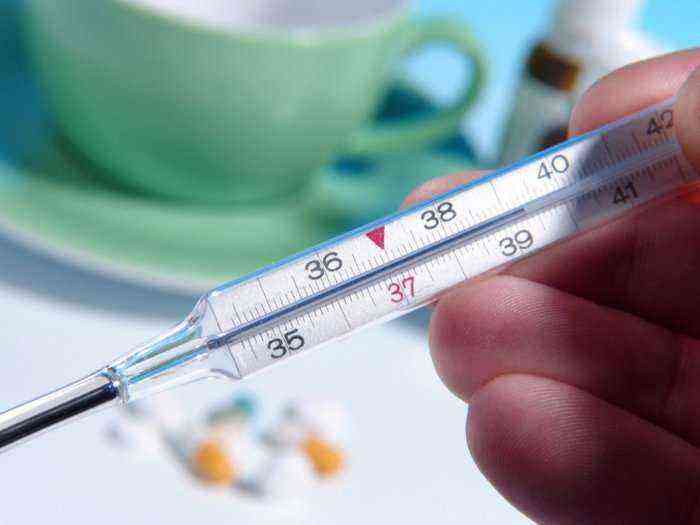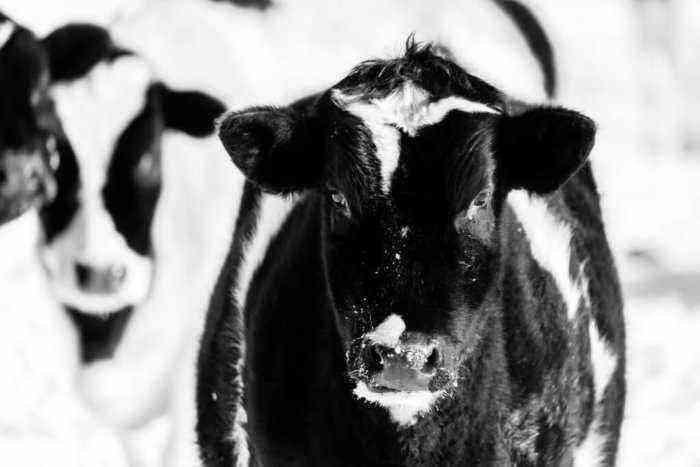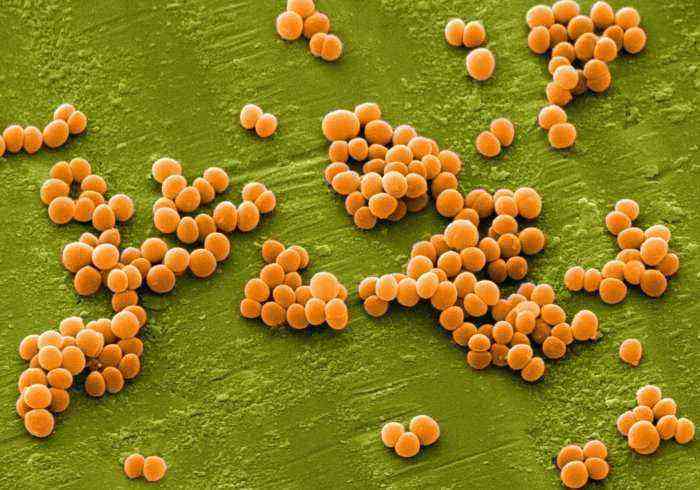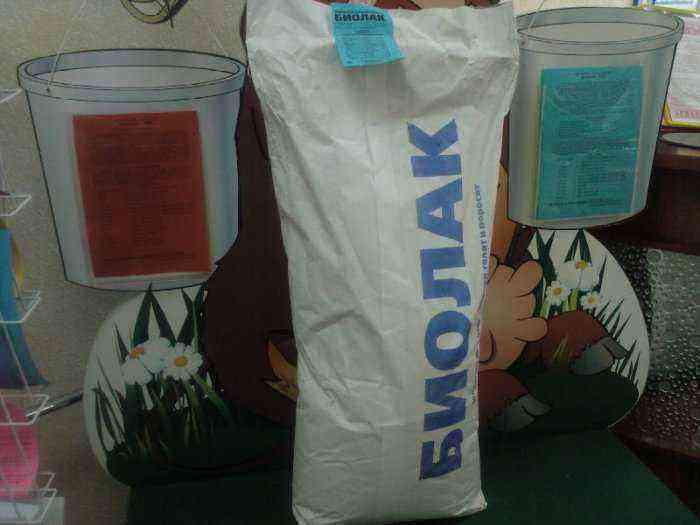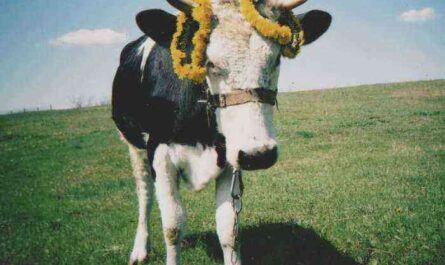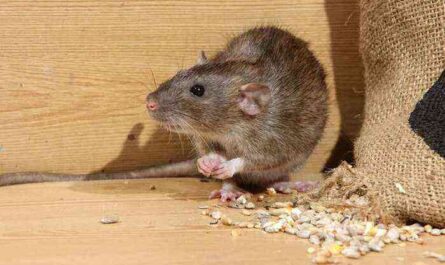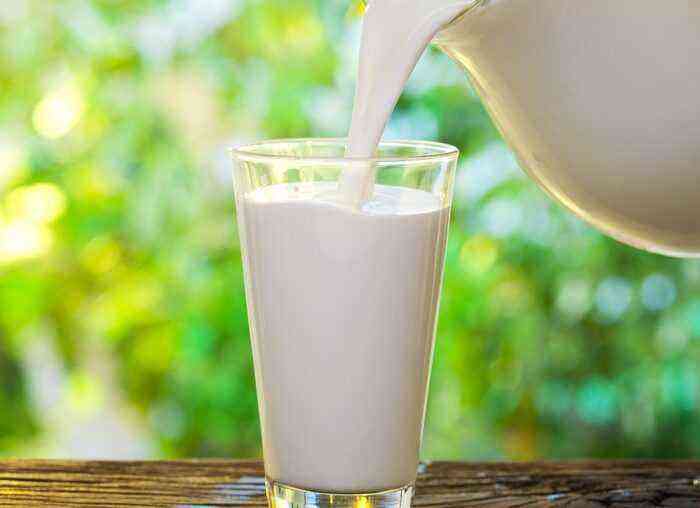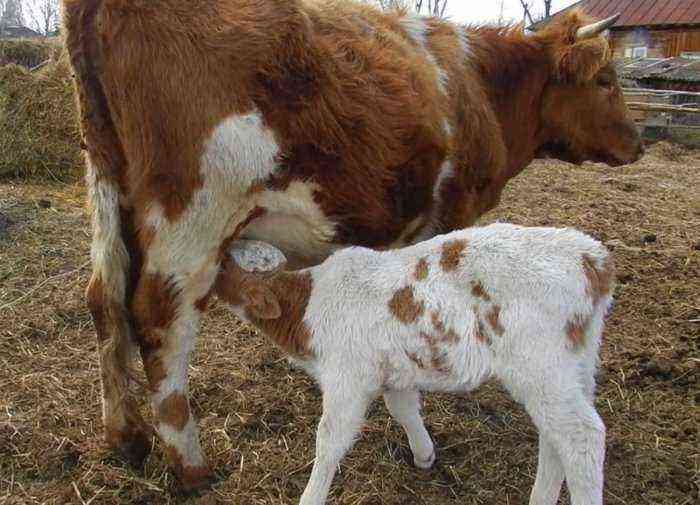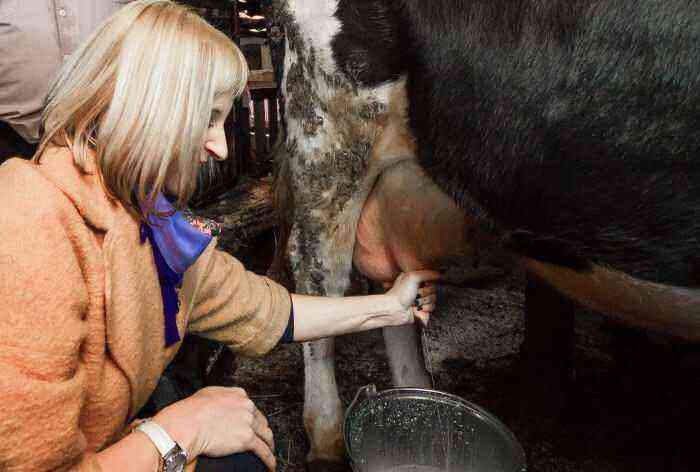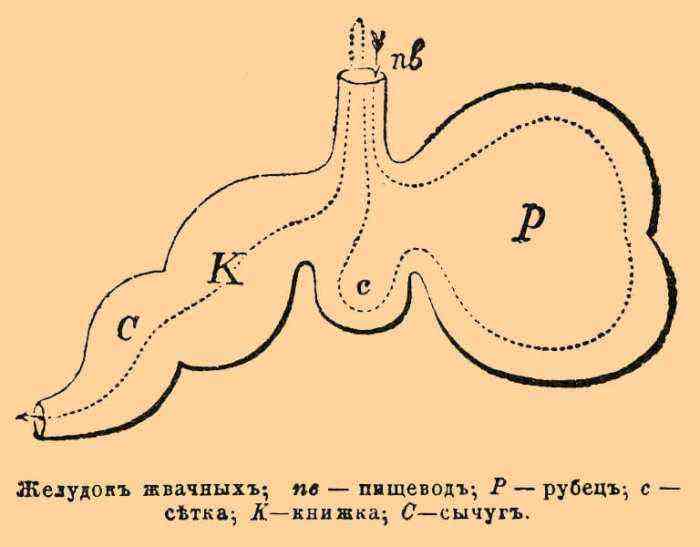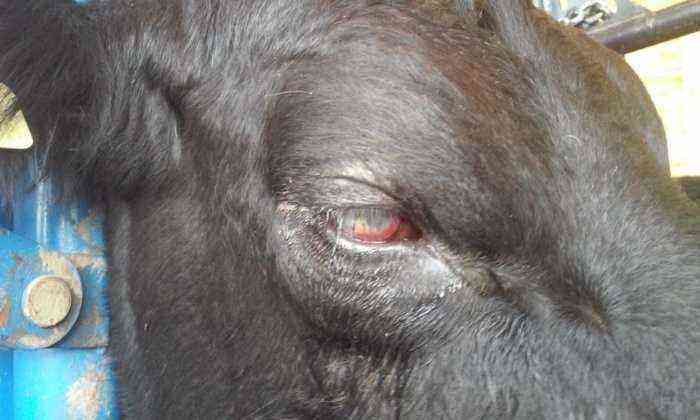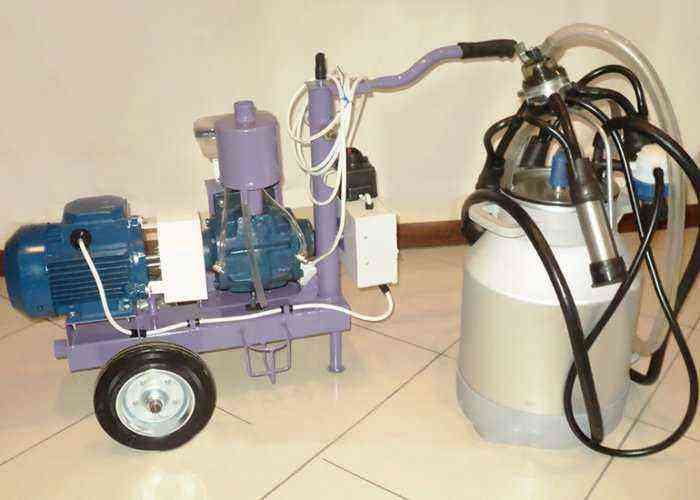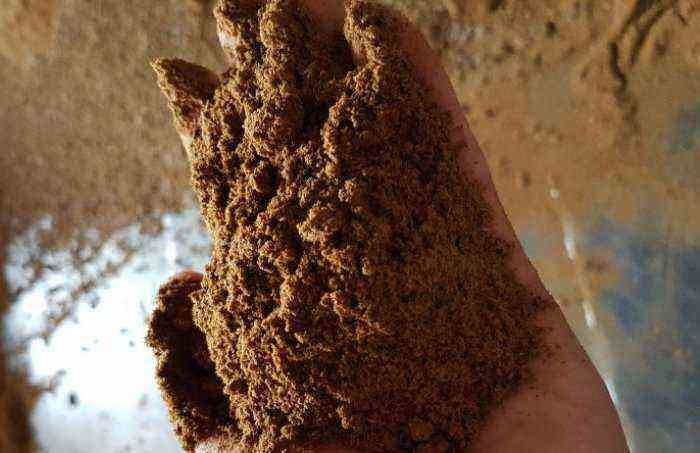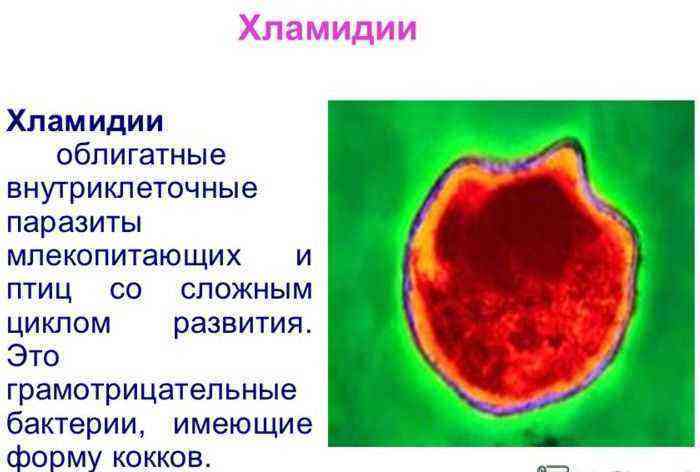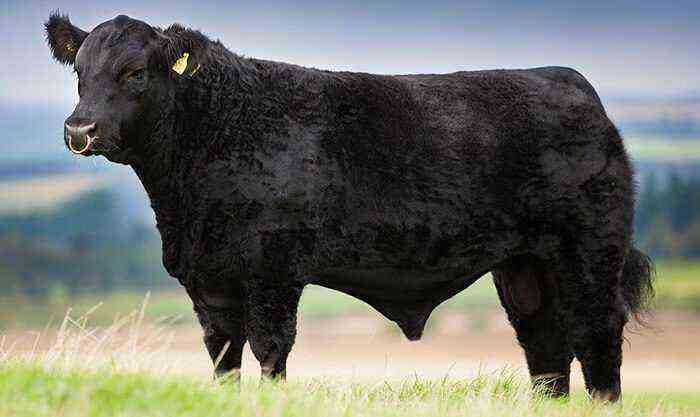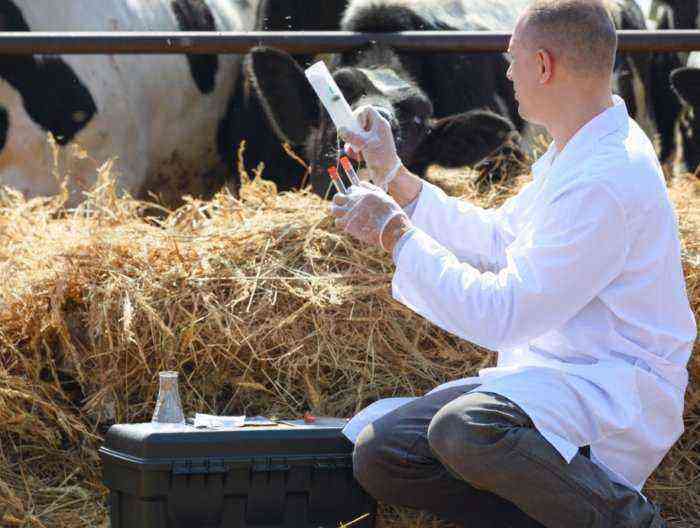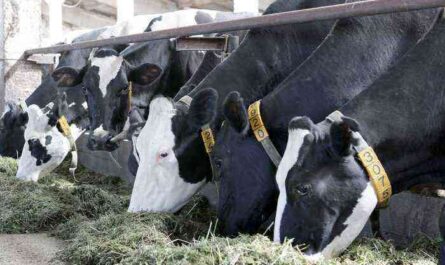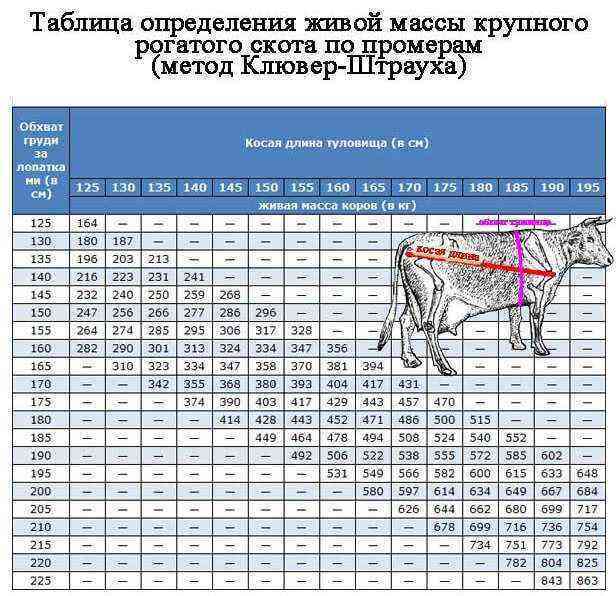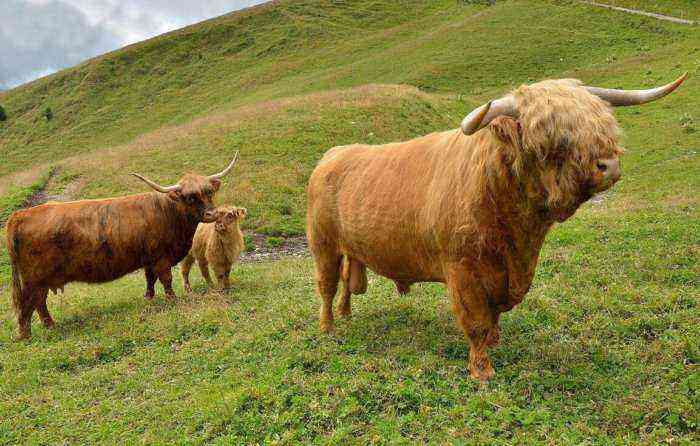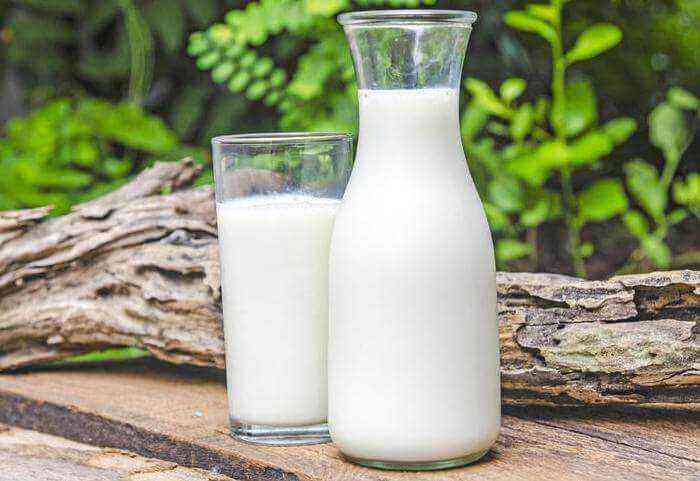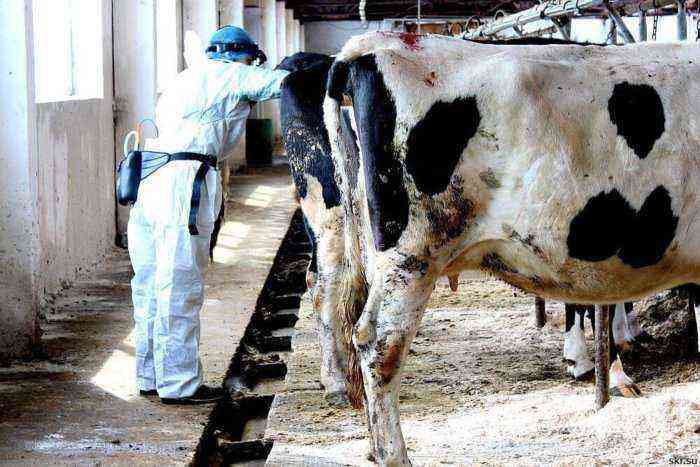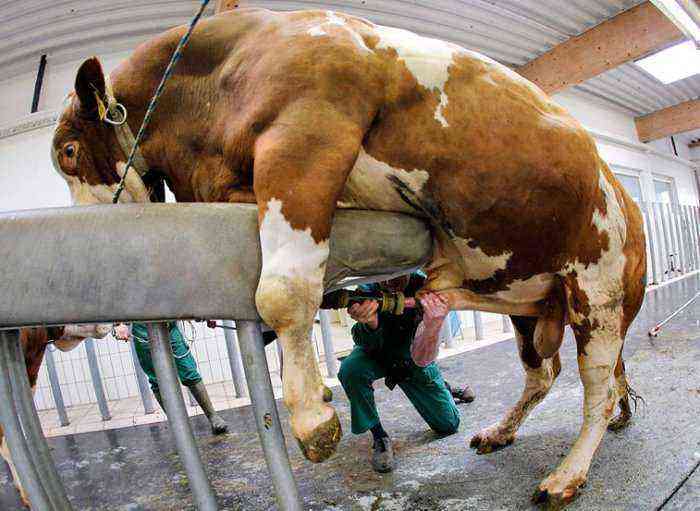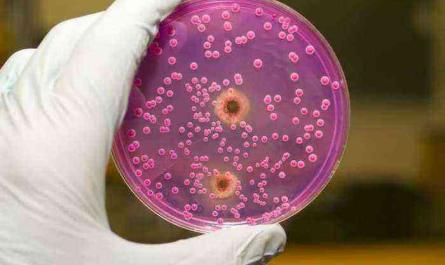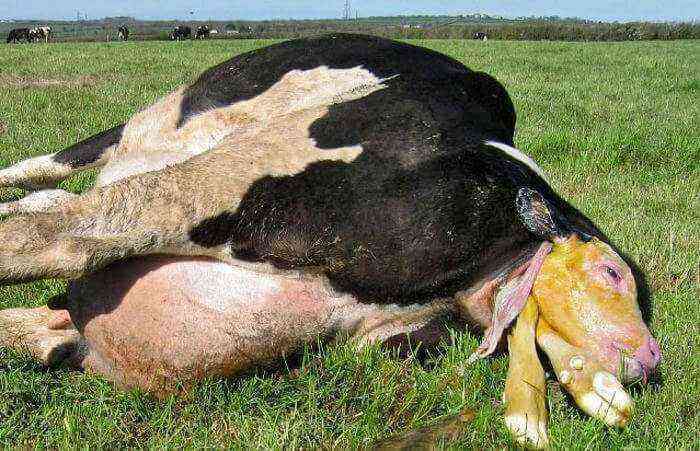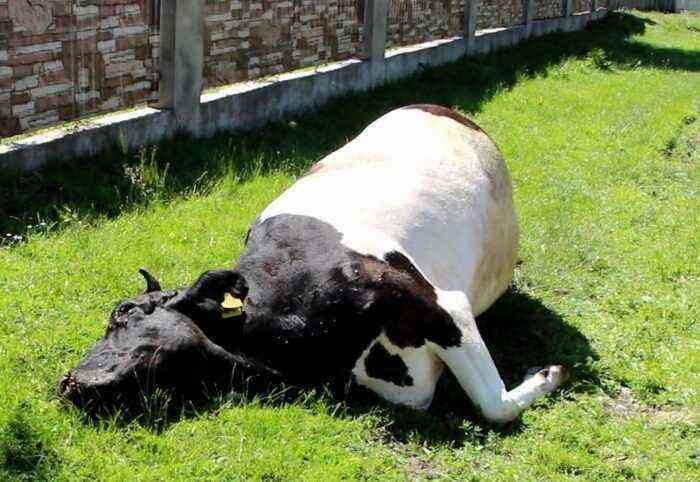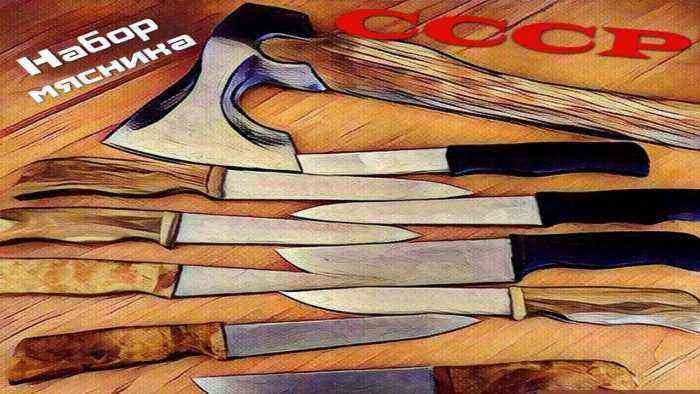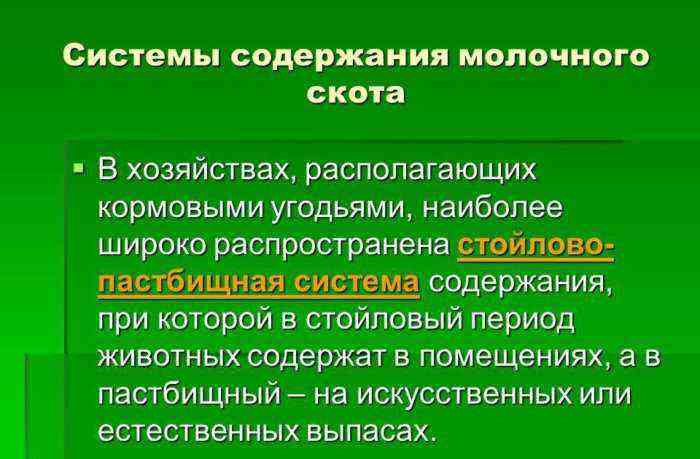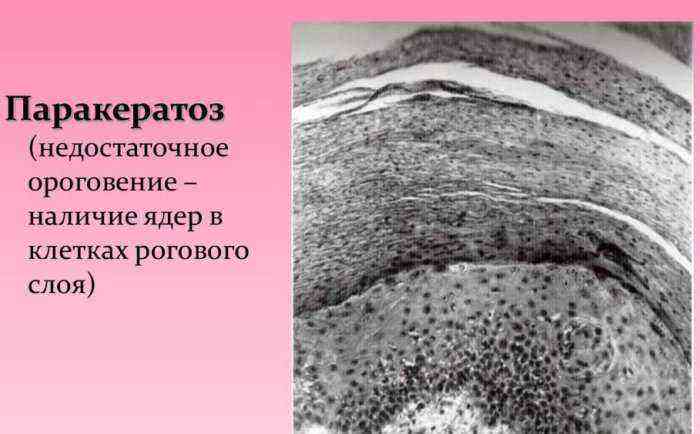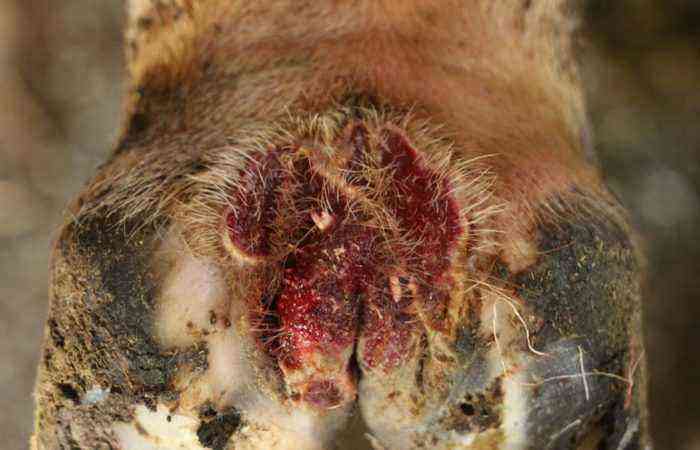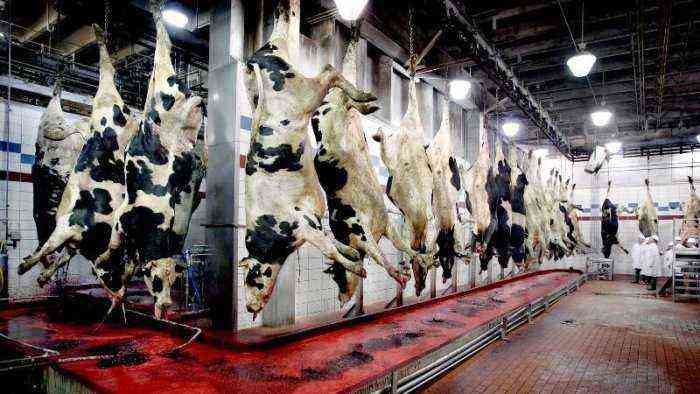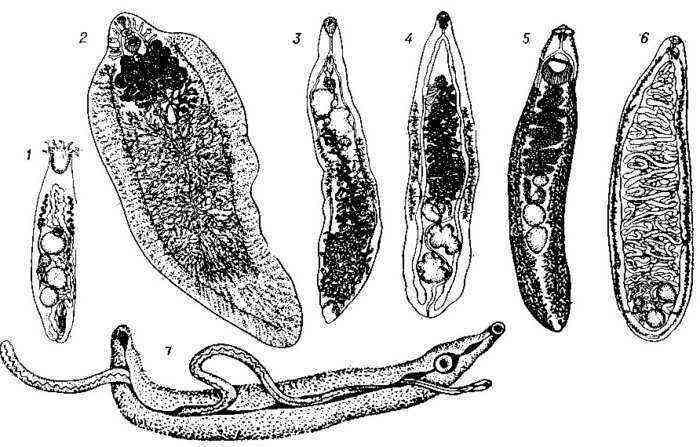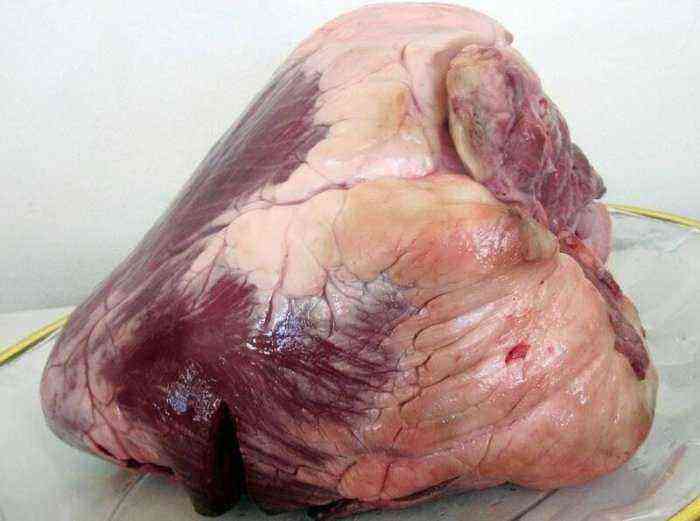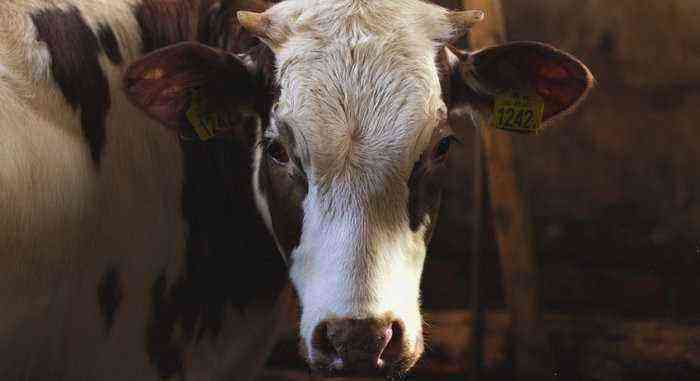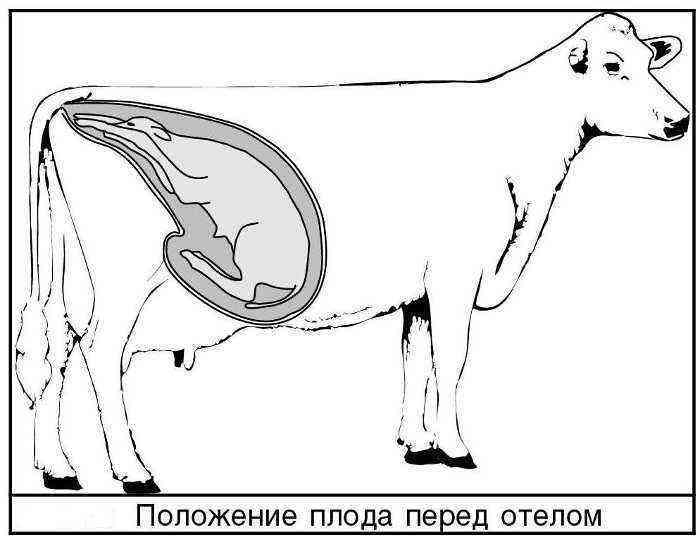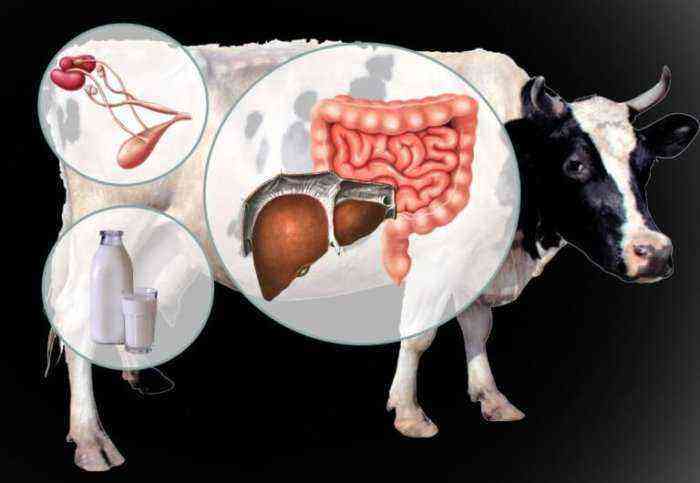The Shorthorn breed of cows belongs to the beef type of cattle, is one of the oldest English varieties, which is still famous for its high productivity. These animals are characterized by intensive growth in live weight, although they require special conditions for keeping and feeding, they are still very popular among experienced farmers, both in conventional livestock farms and global meat complexes.
Shorthorn bull
Characterization
The breed has a wide geographical distribution. It is bred in Canada, the USA, in many European countries, Australia, Austria. On a large scale, for the purpose of breeding and use, it is less common in Russia, only in some areas: Voronezh, Orenburg, Tyumen, Rostov regions, Bashkortostan.
Origin
The Shorthorns originated from the Tiswater tribe, which had a meat and dairy orientation. The Tiswater variety was grown in York County and Durgam near the River Tisza, so there is another name for cattle – Durgam. KRS of Dutch origin took part in the formation of the Shortgons. For many years, selection has made it possible to obtain offspring with the best qualities taken over from their ancestors.
Undoubtedly, the dominant role belongs to a successful combination of genes, but direct human intervention was also noted. In each generation, sires were prepared: starting from birth, the calf was put on suction to several cows at once, then the overall nutritional value of the diet was increased (mainly in protein) – all this for a quick weight gain.
Appearance
Shorthorns are a great example of what beef cattle should look like. The exterior of animals is determined primarily by the scale of their size. This breed has a height of up to 130 cm at the withers, and the oblique body length can reach 160 cm. They have a strong body type and good fatness (taking into account proper care and feeding) in their genes. Dense constitution, coarse and thin bones, head of a dry type (no sense of massiveness, small width), proportional to the body, has a short facial part.
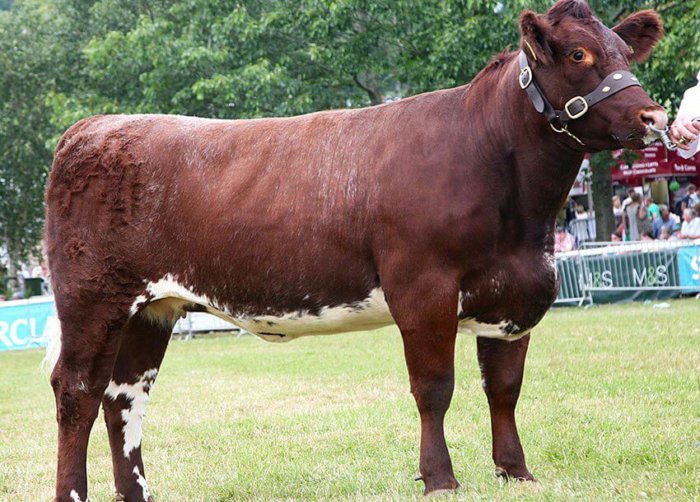
Looks like
One of the features is small horns. It is because of their size that shorthorns got their name.
The breed also has the following features:
- short neck with well-developed muscles, has a smooth transition with the body;
- chest of large volume, has a strongly protruding dewlap;
- limbs are strong, short, without staging defects;
- the back of the body is wide, the muscles tightly fit it, while smoothing out especially protruding bones: ischial tuberosities, sacrum (straight, wide), makloki;
- the skin is loose and soft;
- the hairline is dense, evenly covers the body, 2,5-4 cm long, can curl.
In selective selection, no attention was paid to the color of the animals. The color is completely different: from red-and-white to pure white.
Productivity
Meat heifers have a live weight of 500-550 kg, and bulls 700-900 kg. The yield of meat is from 60 to 82% – slightly, but exceeds normal levels. It is important to consider that 80% is muscle, and no more than 8% fat. On the territory of our country, the figures are slightly larger: the live weight of cows is 550-600 kg, bulls are 900-1000 kg. Newborn calves weigh 25-30 kg.
Meat from such a breed does not have coarse fibers, it is with a uniform distribution of fat between muscle fibers, which is typical for marbled meat. The best percentage of fleshiness is noted by two years.
Annual milk yield of middle-aged cows is from 2400 to 2700 kg of milk, fat content is 3,7-3,9%.
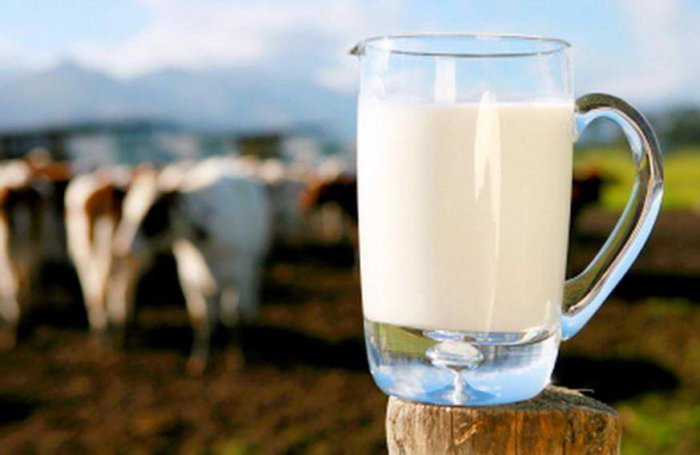
Annual milk yields of middle-aged cows from 2400 to 2700 kg of milk
Advantages and disadvantages of breeding cows
Advantages of the Shorthorn breed:
- high slaughter weight;
- precocity. The daily gain of calves exceeds 1 kg, although, as standard breeds, they have 600-800 g;
- widespread throughout the world.
Meat from such cows is classified as high quality. He is credited with “marbling”, although the percentage of fat in relation to muscle is below normal, but this does not impair the taste of the final product.
Reference. Veal is not very suitable for the formation of fat “patterns”, because the first animals develop subcutaneous fat, and only then lipids begin to fill the internal structures of the body, while penetration into the muscle layers complicates their dense arrangement, unlike pigs, in which the meat is more loose .
Good productivity indicators not only for meat, but also for milk.
Negative sides:
- This species requires special conditions of keeping and nutrition. They are not adapted to cold climates. An unbalanced diet, providing an intensive increase in muscle mass, and giving poor quality feed will not show the known qualities of the breed, and besides, this will affect the health of the animals.
- Low fertility. It should be understood as the ability of cows for fertility, the percentage of abortions, and here the size of the fetus can also be attributed. It is typical for all artificially bred breeds. They get out of the situation – artificial insemination with sperm taken from the most outstanding male in the herd in terms of thoroughbred indicators.
- This type of cattle is more prone to diseases.
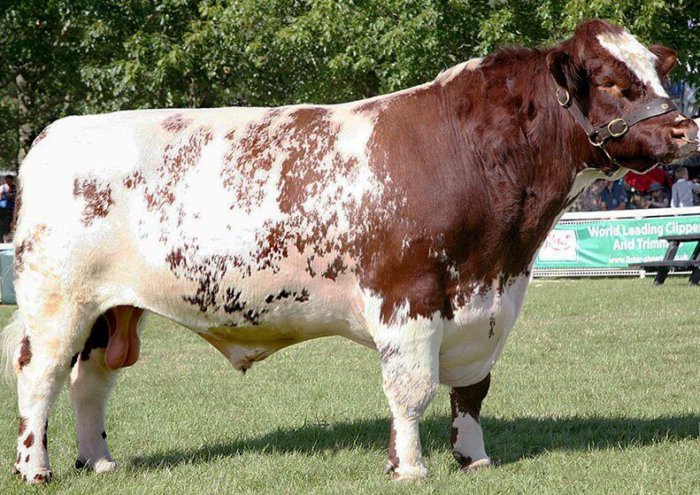
This type of cattle is more susceptible to diseases
Conclusion
On the basis of the Shorthorn cattle, several dozen new breeds of cattle have recently been bred. However, she herself has become less popular, either due to the fact that breeders have lost interest in her, or because of a decrease in demand for her, in contrast to the newly introduced breeds. If you show diligence, provide optimal conditions for existence, provide a diet with a calculated amount of food for each species, then the breed will come to life and will delight with its unique features.
